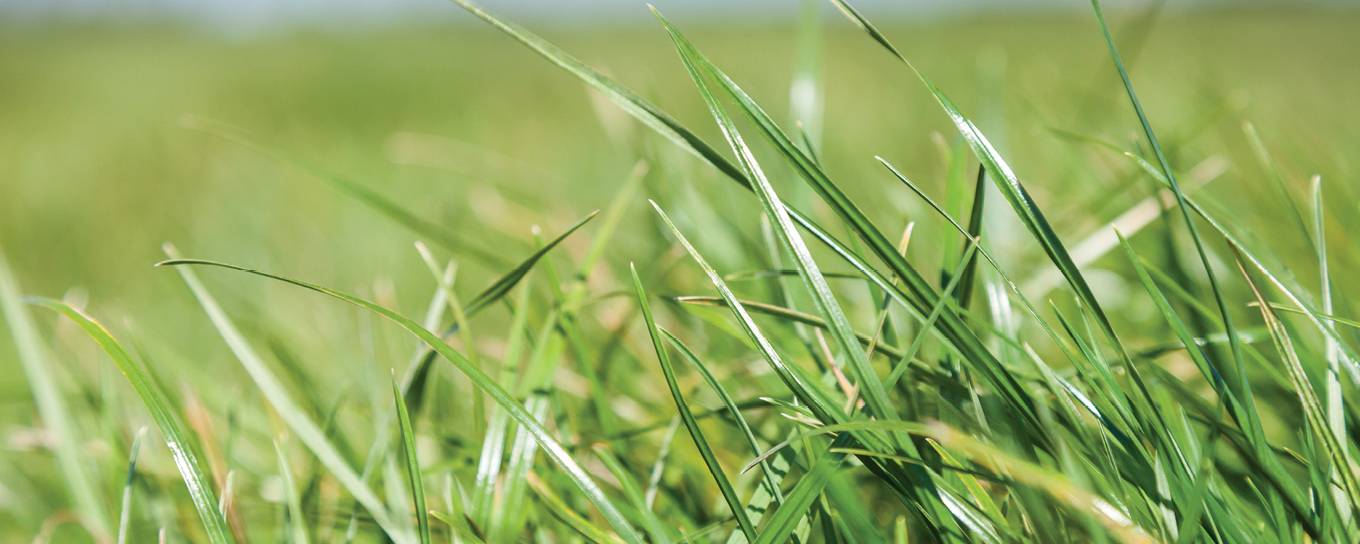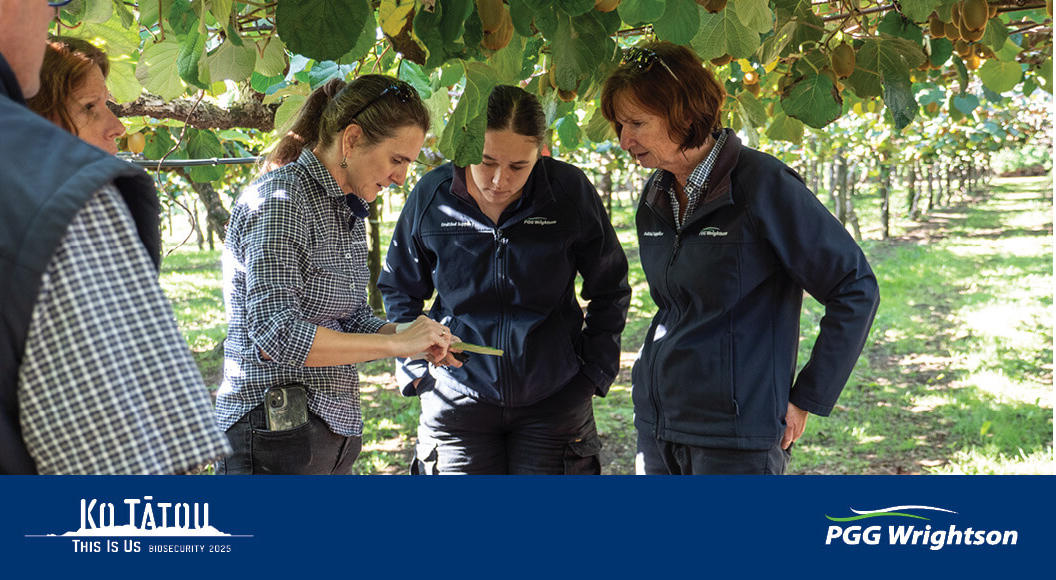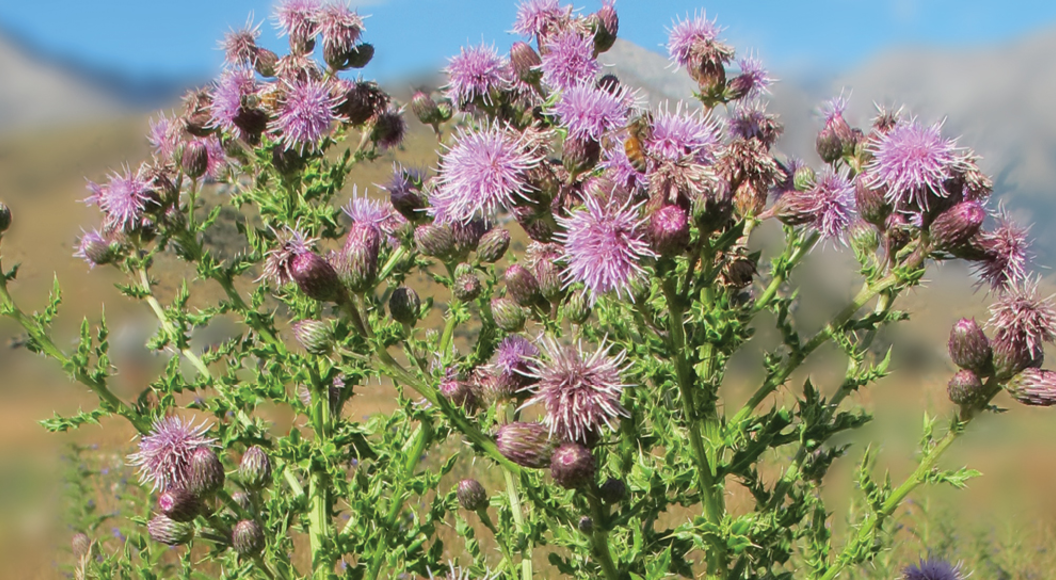
Win the war on buttercup and dock
Over time, established perennial pastures can become overrun with weeds and reduce pasture production if left unchecked.
Dry summers, wet winters, insect attacks, poor fertility and over-grazing can cause the death of desirable pasture plants, thus creating gaps for weeds to colonise. These weeds compete for light, space, moisture and nutrients. For the good of the longevity and quality of pasture, these weeds should be controlled.
As I walk pastures around the country in the early spring, I notice more and more pastures infested with weeds, such as buttercup and dock. These two weeds can cause a large amount of competition to perennial pastures and, if left unchecked, they force you to have to renew your pasture earlier than desired due to poor performance.
Most people forget they have these two weeds until they see paddocks covered in yellow buttercup flowers or tall ugly dock seed-heads standing above the grazing platform. By then it is too late to do anything effective about them and stay relatively clover safe.
Normally, the best time to use broad spectrum herbicides such as 2,4-D for weed control in established pasture is during autumn and early winter, but for these two weeds 2,4-D is not the correct product. Early spring when weeds are actively growing is the best time for some other selective chemistry. A range of herbicides are available for use in established pasture and, if used correctly, they should give a high level of weed control, with no damage to pasture grasses and minimal damage to clover species.
The timing of the sprays are when soils have just started to warm up and you see the first signs of buttercup flowers or, if you have docks, when the first new spring leaves start to unroll. Sometimes there has to be a compromise between these two spray periods.
When using herbicides, the clover content of the pasture has to be taken into account as this affects your product selection and timing. If the clover content is low or non-existent, more robust chemistry can be used. This helps kill the toughest of weeds and unfortunately any clover, but is still safe on grasses and the clover can always be added back in at a later date. If there is a good amount of clover, use “softer chemistry” that is either safe or less damaging to clovers. There can be some pasture growth suppression if conditions are warm at the time of spraying, so don’t delay spraying too late into spring.
Get in touch with your local PGG Wrightson Technical Field Representative to walk your paddocks and help you with your herbicide management plan and product choice for spring.
Top Tips:
-
Walk your paddocks and identify weed species.
-
If targeting buttercup, dock or both, refine your product selection and time appropriately.
-
Spray buttercup once you start seeing yellow flowers, usually from mid-late September to early November.
-
Spray dock when you see the first new leaves unroll, don’t spray too early.
-
Base product selection on target weed species, and ensure it is appropriate for clover sensitivity.
-
There can be some pasture growth suppression where clover tolerant products are used, but pasture production recovers in the absence of the weeds.


